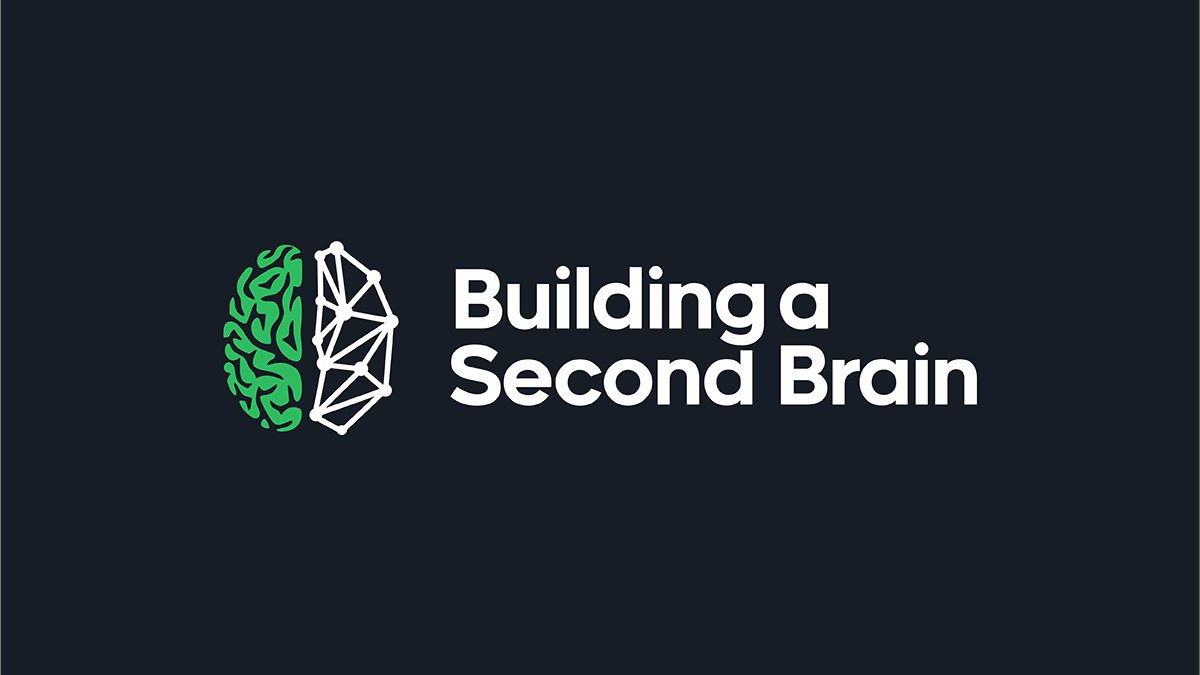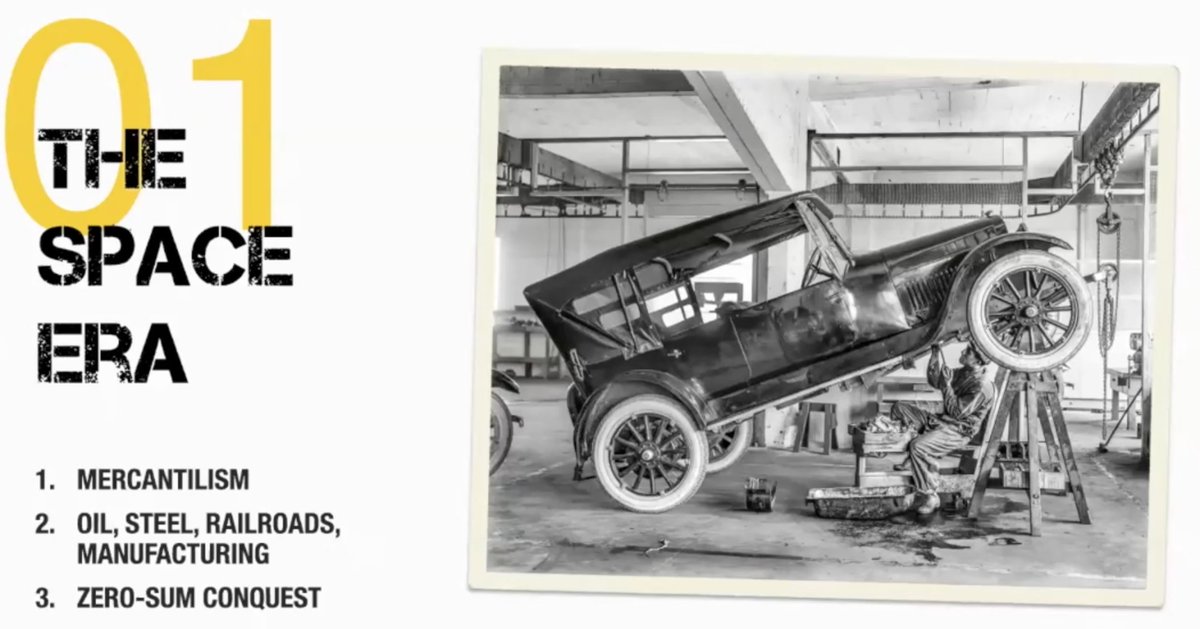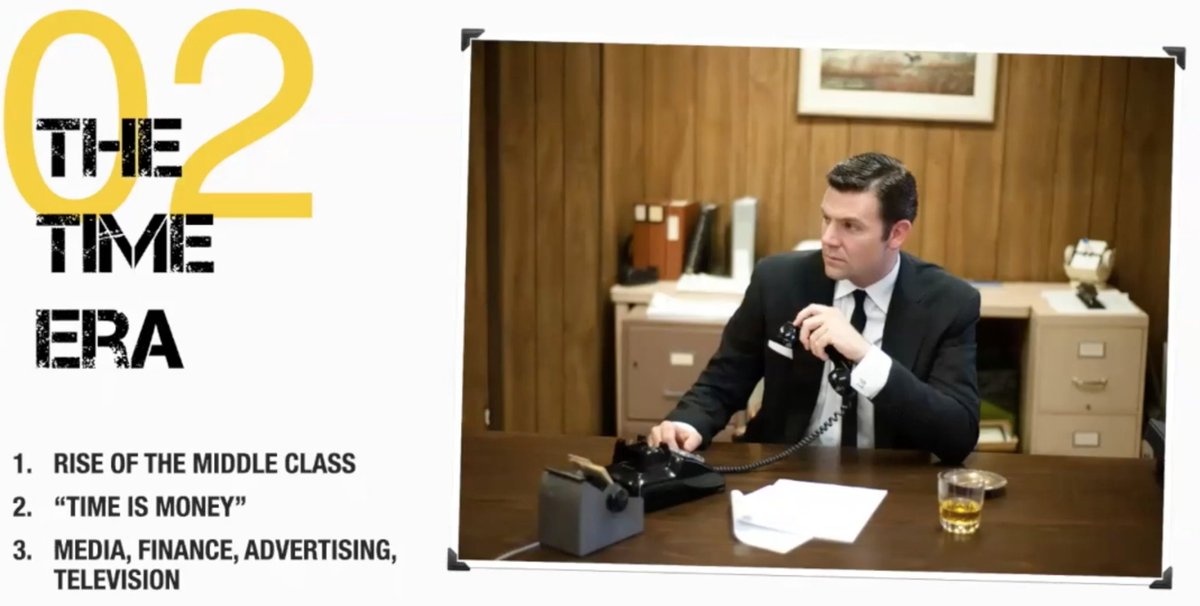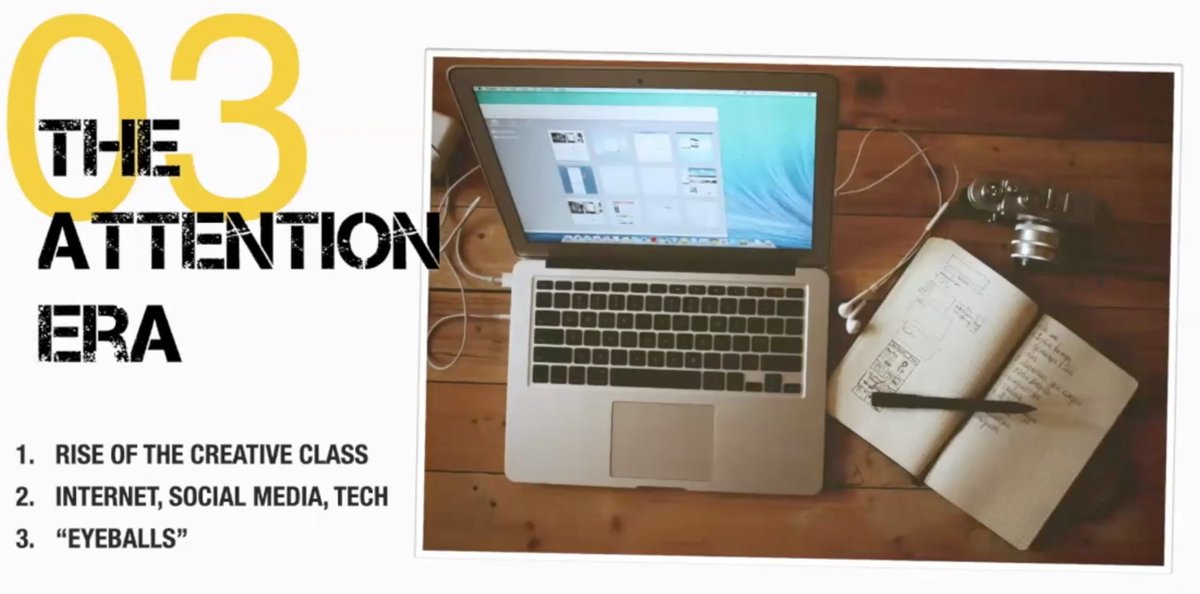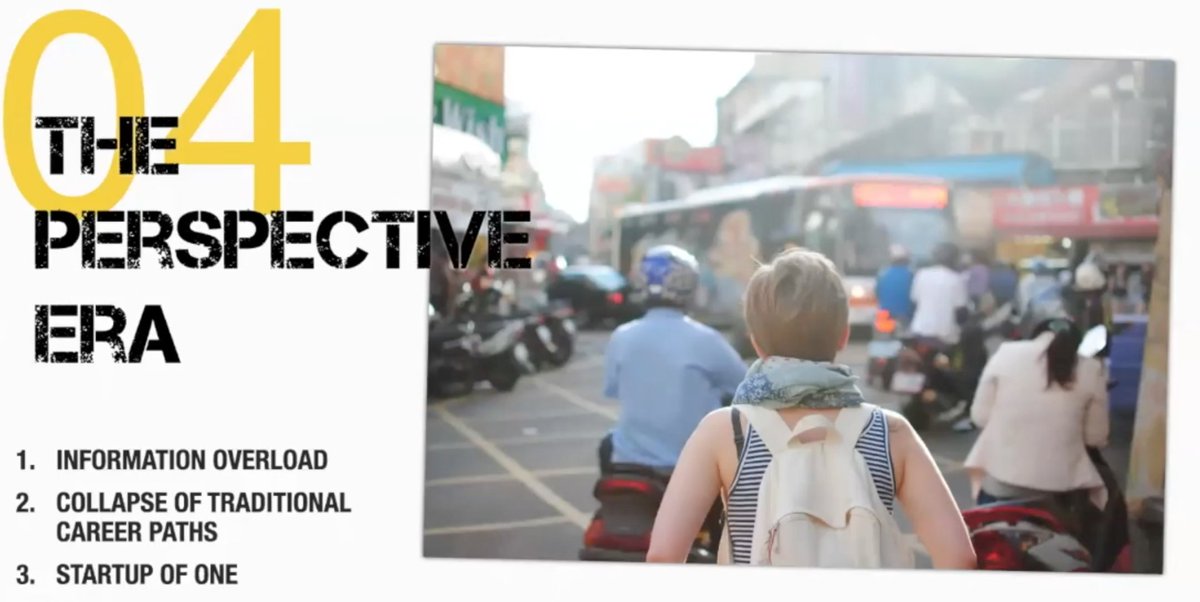
Since I've started to use Roam, my writing process has become a breeze.
My database is my conversation partner, and by combining my notes, I feel more like a curator. This process is influenced by @fortelabs and @soenke_ahrens.
🧵 A thread on how I write articles end-to-end.
My database is my conversation partner, and by combining my notes, I feel more like a curator. This process is influenced by @fortelabs and @soenke_ahrens.
🧵 A thread on how I write articles end-to-end.
Why use @RoamResearch to draft articles?
While many people use Roam to do their research and organize their notes, few write entire articles in it.
I believe Roam's block-based architecture makes it the perfect end-to-end writing tool. Editing becomes a breeze!
While many people use Roam to do their research and organize their notes, few write entire articles in it.
I believe Roam's block-based architecture makes it the perfect end-to-end writing tool. Editing becomes a breeze!
My writing process has 10 (small) steps:
1. Read.
2. Link.
3. Progressive summarization.
4. Collect blocks.
5. Group and summarize.
6. Create headings.
7. Sequence blocks.
8. Draft based on summaries.
9. Leave, then reread and rearrange.
10. Proofread and ship.
1. Read.
2. Link.
3. Progressive summarization.
4. Collect blocks.
5. Group and summarize.
6. Create headings.
7. Sequence blocks.
8. Draft based on summaries.
9. Leave, then reread and rearrange.
10. Proofread and ship.
1/ Writing starts with reading.
I don't brainstorm a topic; I start by searching my notes. If I don't have enough notes, I read widely within the topic—highlighting and taking notes.
Only when I feel I have enough input, do I start the rest of the collection process.
I don't brainstorm a topic; I start by searching my notes. If I don't have enough notes, I read widely within the topic—highlighting and taking notes.
Only when I feel I have enough input, do I start the rest of the collection process.
2/ Link new knowledge to what I already know.
By bringing my highlights and notes to Roam (via @readwiseio), I can link new concepts to existing knowledge in my database.
Translating terminology is partly a synoptic process.
By bringing my highlights and notes to Roam (via @readwiseio), I can link new concepts to existing knowledge in my database.
Translating terminology is partly a synoptic process.

3/ Progressively summarize notes as I revisit them (often combined with step 4).
I make my notes glanceable as I can understand the gist by only reading the bolded parts.
There can be a long period between linking and progressively summarizing notes, and that's fine.
I make my notes glanceable as I can understand the gist by only reading the bolded parts.
There can be a long period between linking and progressively summarizing notes, and that's fine.
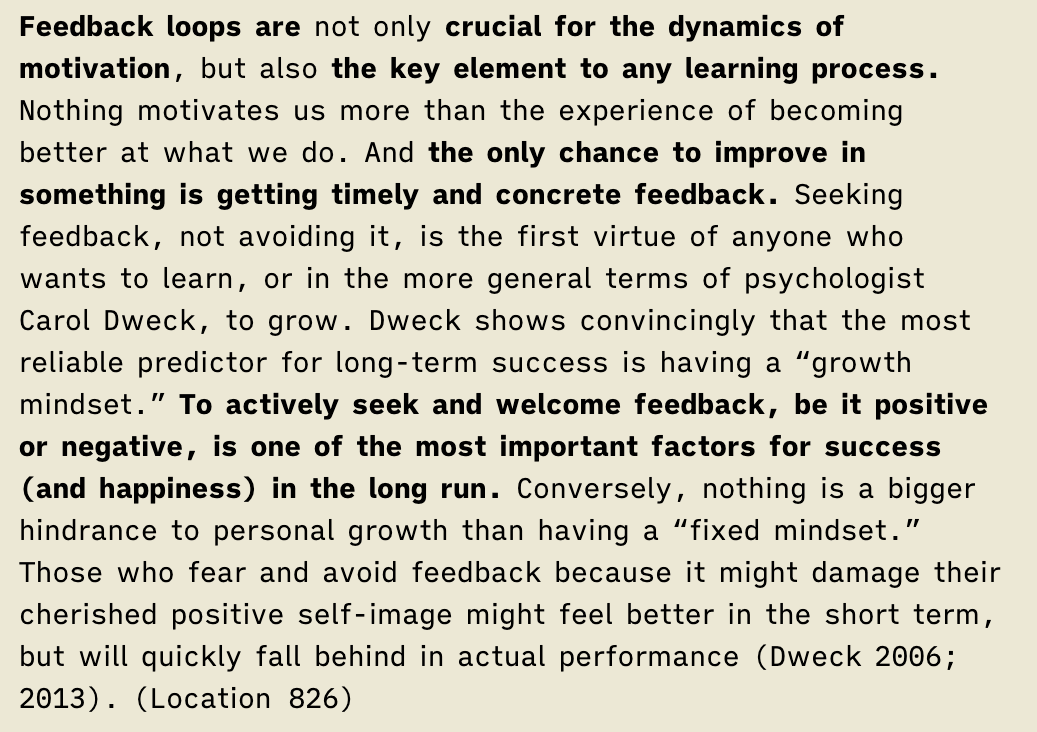
4/ Collect blocks to get a sense of what I'll write about.
I often have a vague sense of what I want to communicate without knowing how. My notes kickstart this clarification process.
I collect blocks (refs) that resonate with me and keep them close to my future outline.
I often have a vague sense of what I want to communicate without knowing how. My notes kickstart this clarification process.
I collect blocks (refs) that resonate with me and keep them close to my future outline.
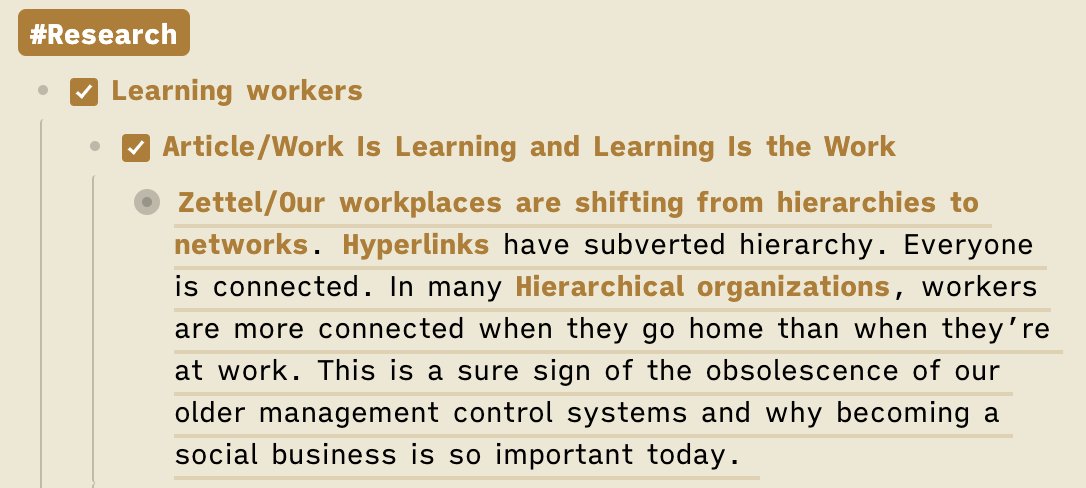
5/ Group related blocks and summarize them.
By collecting the blocks the resonate with me, I start to get a sense of the article I'm going to write.
To start my outline, I group related blocks and write a summary for each, thinking about how they support my message.
By collecting the blocks the resonate with me, I start to get a sense of the article I'm going to write.
To start my outline, I group related blocks and write a summary for each, thinking about how they support my message.
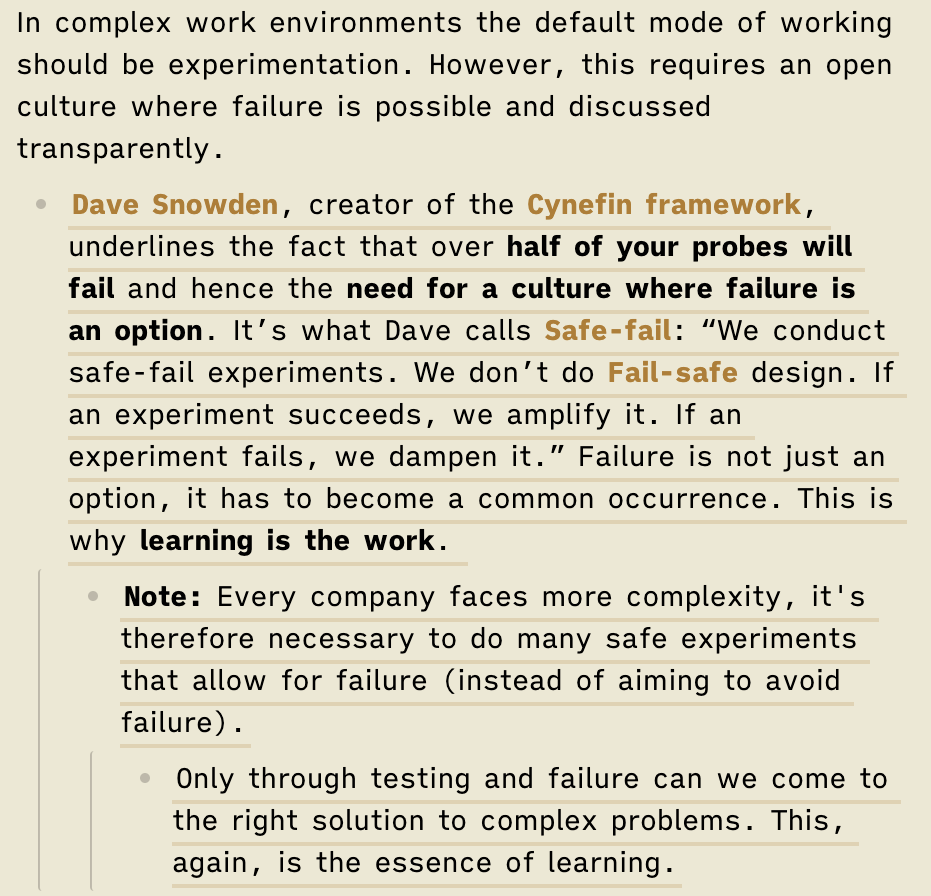
6/ Create headings for my note summaries.
The article now starts to take shape. I think of the logical progression in the argument and create headings that best support this development.
I like to work with questions or statements and answer/support them with my notes.
The article now starts to take shape. I think of the logical progression in the argument and create headings that best support this development.
I like to work with questions or statements and answer/support them with my notes.

7/ Sequence blocks in my outline in a logical order.
With the block references (notes), summaries, and headings, the outline starts to get some meat. Now it's time to put things in logical order so I can rely on the outline when drafting the piece.
With the block references (notes), summaries, and headings, the outline starts to get some meat. Now it's time to put things in logical order so I can rely on the outline when drafting the piece.
8/ Now the easy part: drafting the article.
By now, I have a logically ordered sequence of short paragraphs (summaries) based on my notes (block references).
All I have to do now is rewrite the summaries, so they become a coherent piece.
By now, I have a logically ordered sequence of short paragraphs (summaries) based on my notes (block references).
All I have to do now is rewrite the summaries, so they become a coherent piece.
9/ Leave the article for a while.
I have a walk, eat a meal, or sleep for a night before returning to the piece. Then, I reread, delete, and move around paragraphs as I see fit.
Finally, I tighten it up and remove fluff.
I have a walk, eat a meal, or sleep for a night before returning to the piece. Then, I reread, delete, and move around paragraphs as I see fit.
Finally, I tighten it up and remove fluff.
10/ Proofread and ship.
I proofread the piece (and optionally have it proofread by someone else after). Often, I remove some sentences or even entire paragraphs to make the writing punchier.
Then, it's off to Grammarly for a final check before I publish the article.
I proofread the piece (and optionally have it proofread by someone else after). Often, I remove some sentences or even entire paragraphs to make the writing punchier.
Then, it's off to Grammarly for a final check before I publish the article.
These are my 10 steps for writing articles using Roam.
I use the same approach to write proposals, report on research, and write my personal newsletter. While I still refine parts of the system, I've grown very comfortable with it.
No more heavy lifts; slow burns only.
I use the same approach to write proposals, report on research, and write my personal newsletter. While I still refine parts of the system, I've grown very comfortable with it.
No more heavy lifts; slow burns only.
• • •
Missing some Tweet in this thread? You can try to
force a refresh


